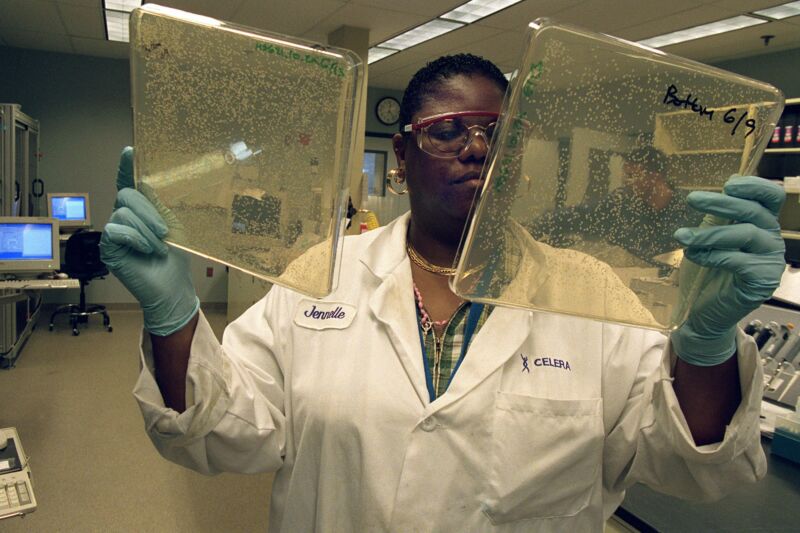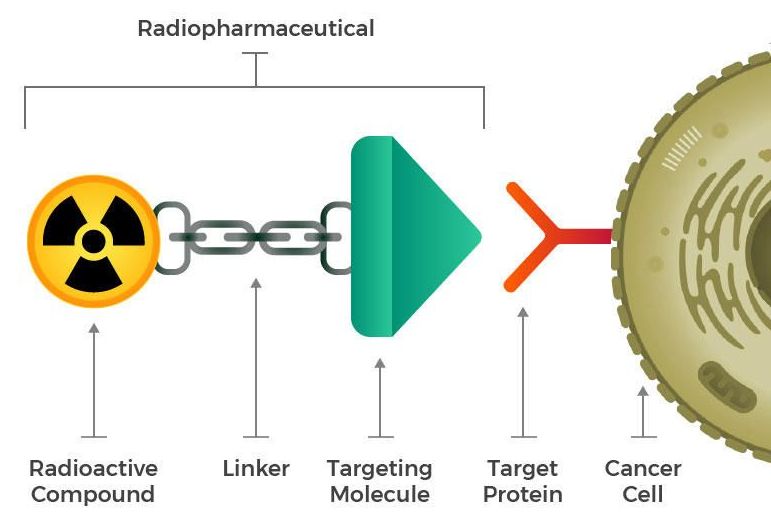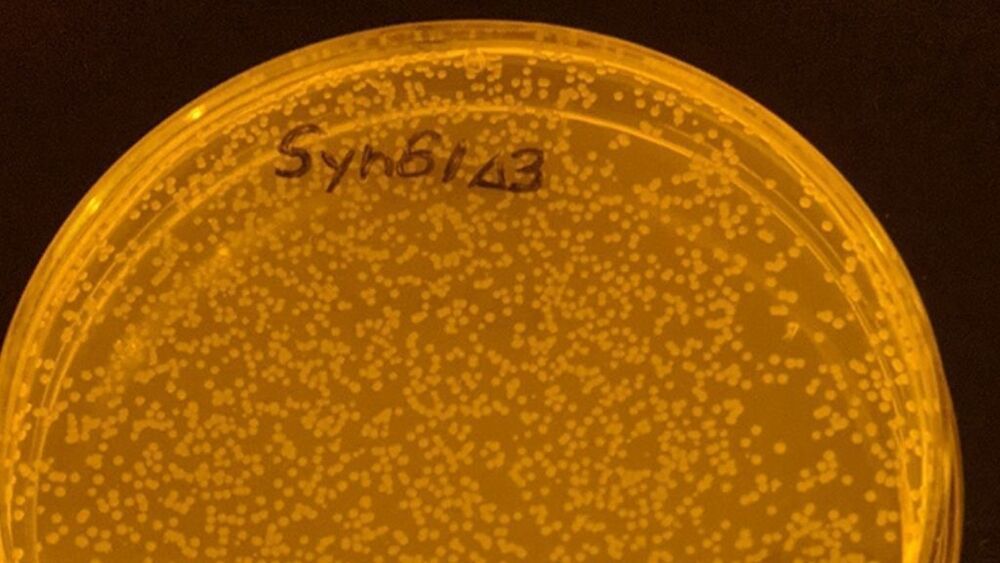Microsoft keeps hinting at a new version of Windows.
Microsoft has been teasing a “next generation” of Windows for months now, but new hints suggest the company isn’t just preparing an update to its existing Windows 10 software, but a new, numbered version of the operating system: Windows 11.
The software giant announced a new Windows event for June 24th yesterday, promising to show “what’s next for Windows.” The event invite included an image of what looks like a new Windows logo, with light shining through the window in only two vertical bars, creating an outline that looks very much like the number 11. Microsoft followed up with an animated version of this image, making it clear the company intentionally ignored the horizontal bars.






